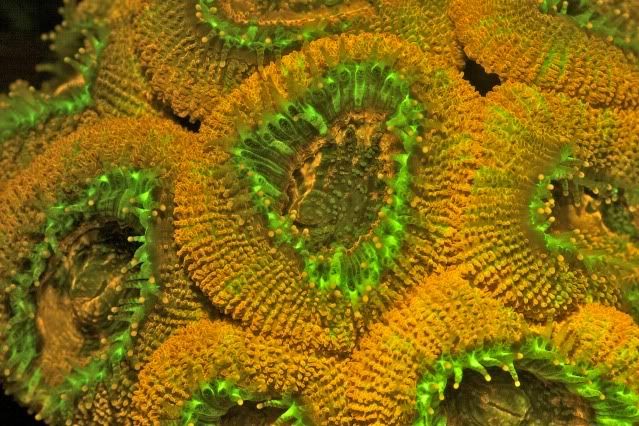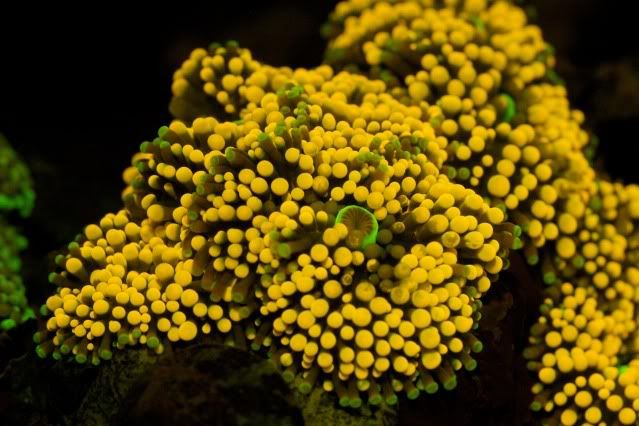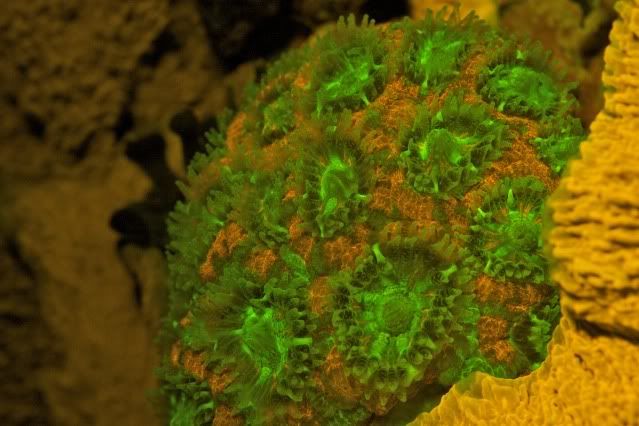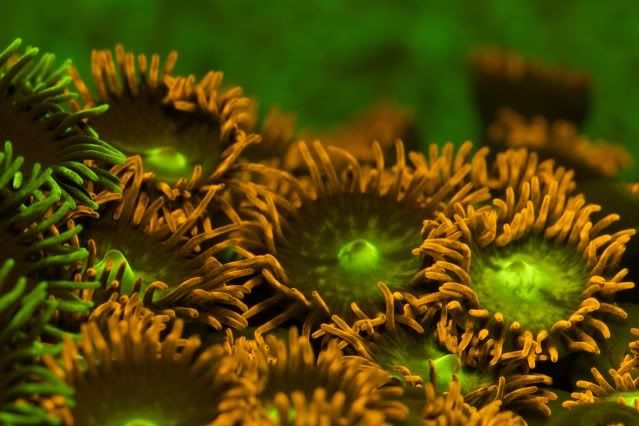
 |
|
#11
|
|||||
|
|||||
|
Incredible! Great job!
|
|
#12
|
|||||
|
|||||
|
Stunning can you post some pictures of the equipment used please.
__________________
150 Gal system 3'x3' 400W M/H, Bekett skimmer, Dart return,1/4 HP Chiller 180 Gal Drop tank, LED lights, Bubble master 250 skimmer,Hammerhead on a closed loop, Speed wave return. |
|
#13
|
|||||
|
|||||
|
Are you using the night gear stuff?
|
|
#14
|
|||||
|
|||||
|
Marlin65 sorry my other camera is not here at the moment. I'll try to describe what my set up is. Shelps, No I wish. The night gear is what I am trying to simulate. You can do this a few different ways for my light source I'm using a speedlite 580EXll with a gel filter (blue) over the flash. I also use a strip of 10 blue LED's on a oscillating arm, this is so I can focus. I think night gear is the way to go because it is way brighter maybe to bright that is why I don't have one yet. You can even put a blue filter on a flashlight.So far I like my flash hand held the best. For the camera lens a yellow screw in filter (had to order). Then the custom photo tube built to fit my camera and lens. If any of you guy try this keep in mind it can be very difficult to hold a camera over a tank try to focus and hold a light source without dunking something in the water. I like to take multiple pic of different things so I don't like a stationary light source. I also built a rail and handle to hold flash and multiple other light sources. I'm still experimenting so I would love to here different suggestions or what works for you if you try this.
|
|
#15
|
|||||
|
|||||
    |
|
#16
|
|||||
|
|||||
|
I think to get the true fluorescence you need to use an actual UV light source. All that is suppose to show up is the corals natural florescence, obviously if the rock is lighting up it's not quite the real thing. You can order fairly powerful UV flashlights off line for a decent price. I've always wanted to get an actual night gear filter but never got around to it. I did some similar experimenting with similar stuff to yours a while back and the results sure are interesting. I'd really like to get into it a little more so maybe I'll see what I can do.
Great photos and thanks for the inspiration. |
|
#17
|
|||||
|
|||||
|
From what I have read very few coral fluoresce under UV light. When you asked night gear I actually thought you meant Night Sea by Dr. Charles Mazel. I've read multiple articles and haven't heard of using UV light source. The methods I am using were suggested by Daniel Knop and Anthony Calfo and some of the photos from Anthony rock is illuminated in the background as well. I would be very interested to learn how to get natural fluorescing colors. How would you even gauge what the natural color is?
|
|
#18
|
|||||
|
|||||
|
Yes I was referring to the "night sea" gear. I'm not an expert but I believe the natural florescence is caused by photo-proteins which are not present in all corals. The purpose of these proteins are to act as a natural sunscreen to reflect UV light. In order to see this natural florescence you need to filter out all the light except for the UV spectrum which is basically what the night sea flashlight and filter do. The idea is the light is created naturally like a kind of bio-luminance or something.
From what I remember reading the night sea flashlight was similar to other UV flashlights available elsewhere for less. |
|
#19
|
|||||
|
|||||
|
[QUOTE=sphelps;The purpose of these proteins are to act as a natural sunscreen to reflect UV light." This is theory and it comes up short when you put UV on corals and they don't fluoresce. I'm very interested in the difference between lighting sources and filters for that matter since they're are many different fluorescing proteins I'm sure different filters will cause them to excite. Night sea also uses a red filter for red fluorescing proteins hmm. found this on the night sea site.
Do the NightSea lights emit ultraviolet light? NightSea's lights are designed to emit a carefully controlled range of blue, not ultraviolet, wavelengths. We started out with ultraviolet a long time ago, but over time learned that blue provides a far superior experience. There are some things that fluoresce under uv but not blue, but overall more things fluoresce, and fluoresce more brightly, when illuminated with the right blue light. So this carefully controlled range of blue would be the question for me. And they also sell custom lens filters. Mine I just ordered from local camera shop the only one I could find. I might just order some night sea stuff now. |
|
#20
|
|||||
|
|||||
|
This is what the light should exhibit:
 This is what the filter should remove:  You don't want the blue, hence the filter that blocks the band your transmitting intentionally. The corals proteins are excited by the wavelength and transmit light back at a different spectrum which you can see thanks to the filter removing the blue. Hence, most NightSea photos have a beautiful orange/green/yellow look.... but no blue. |